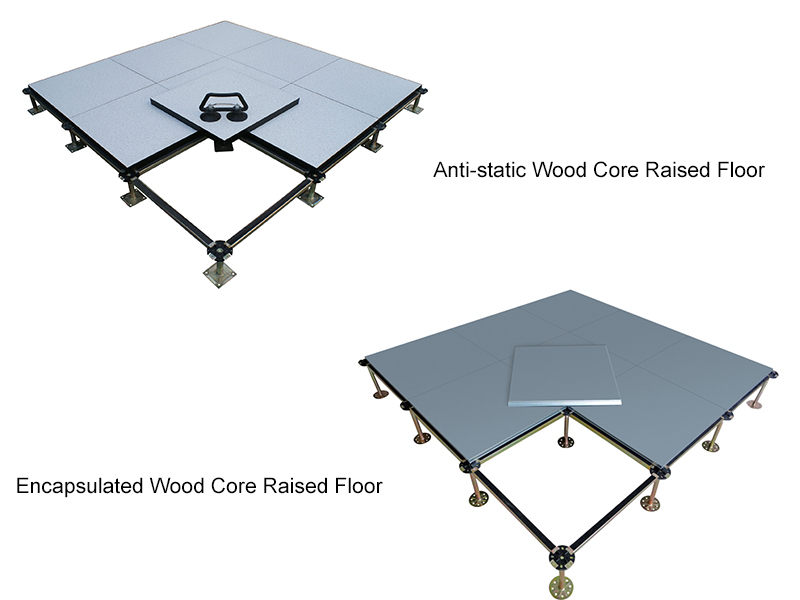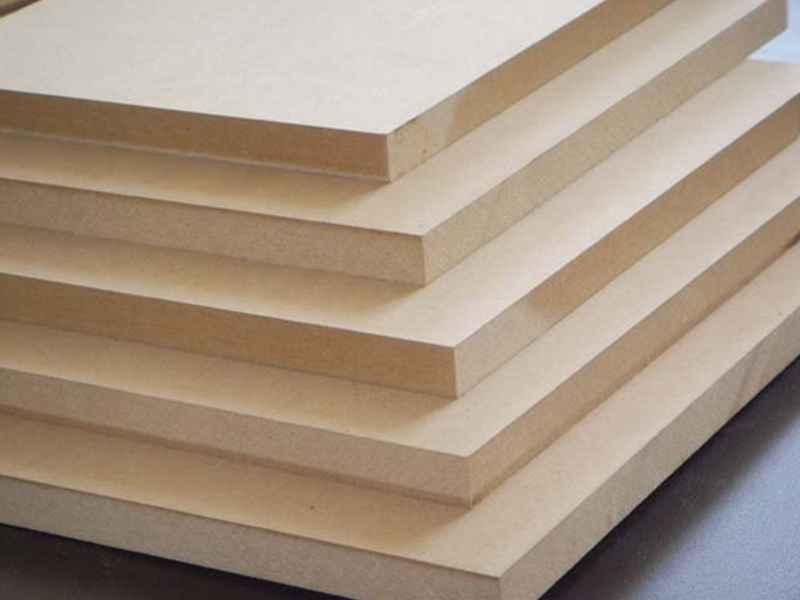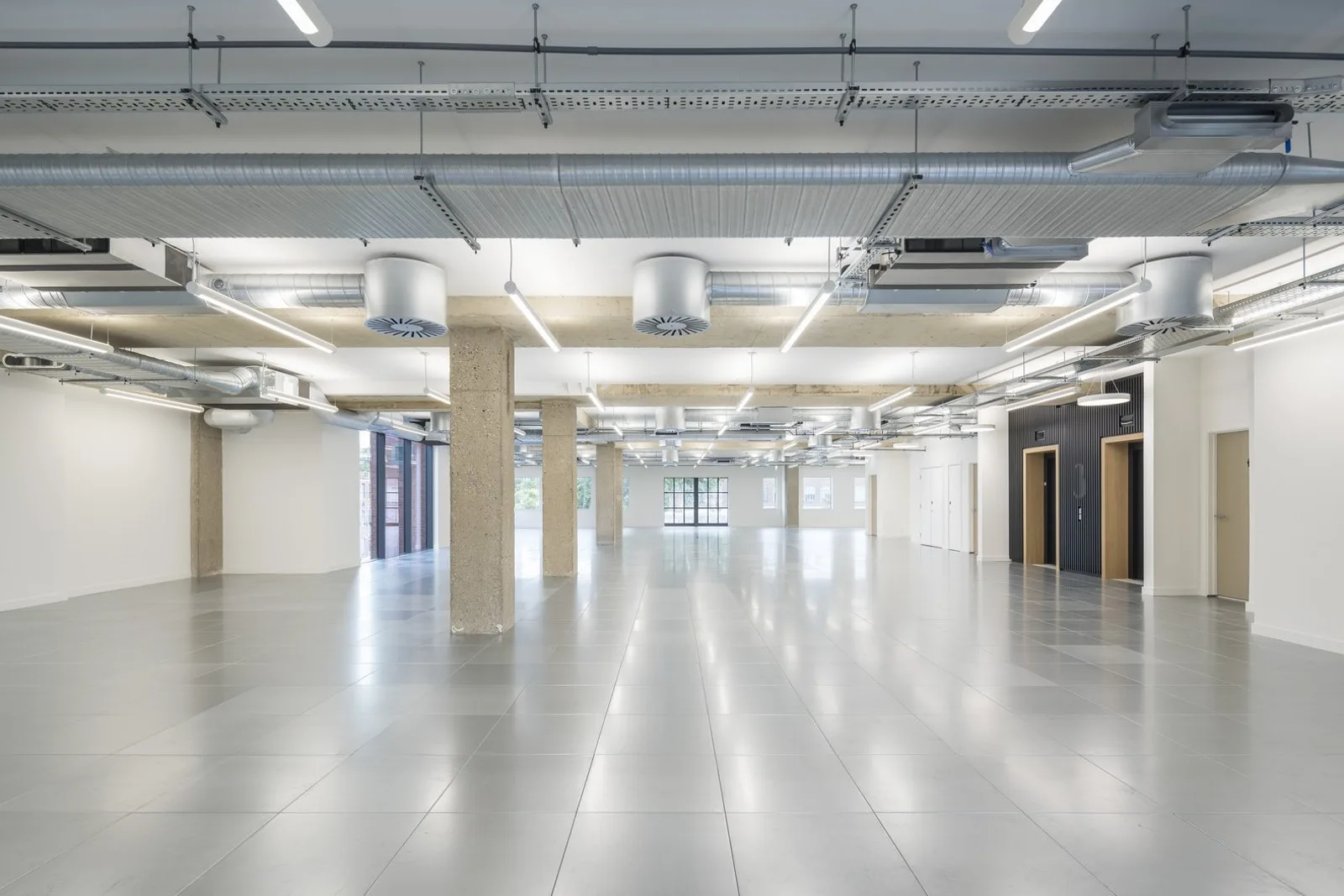Raised flooring is an essential component of offices, computer rooms, data centers, or clean rooms. It mainly includes steel cement raised flooring, calcium sulphate raised flooring, wood core raised flooring, and aluminum raised flooring. In global markets, the steel cement raised floor is the most common type. But in fact, wood core raised flooring is also very influential and popular in many countries around the world.

Anti-static wood core raised floor and encapsulated wood core raised floor
The wood core raised flooring mainly includes anti-static wood core flooring and encapsulated wood core flooring, both of which are made of high-density (720Kg/m3) particle board. The bottom of the raised floor of the anti-static wood core is a galvanized steel plate or aluminum foil, the top finish is HPL or PVC or ceramic tiles, and the four edges are sealed with PVC edging strips. The encapsulated wood core flooring is covered by hot-dip galvanized steel plates and then stamping and riveting are done.

Advantages:
Sustainability: The raw materials of wood core raised flooring have a recycling rate of over 95%, making it the sustainable first choice for environmentally friendly building projects.
Sound insulation: The core, particle board, has good sound insulation performance, which helps to reduce noise transmission between floors.
Flexibility: Wood core raised floor can accommodate various floor covering options, allowing customization to meet specific design requirements.
Easy to install: The weight of the wood core raised floor is lighter than other types of raised floors, making it relatively easy to install and can be quickly assembled, reducing construction time and labor costs.
Comfort: Wood core raised floor can provide a comfortable foot feel, making it a suitable choice for standing or walking for long periods.
Disadvantages:
Moisture sensitivity: If the environment is wet or humid, particle boards are sensitive to moisture and will experience swelling warping, or mold growth.
Low load performance: Compared to all steel cement raised flooring or calcium sulphate panels, wood core raised flooring may have lower loading capacity, which may limit the use of heavy equipment on it.
Sensitivity to temperature changes: Extreme temperature changes can affect the stability of wood core raised flooring, leading to panel expansion or contraction.
Limited fire resistance: Although wood core raised floors can undergo fire resistance treatment, their fire resistance may be lower than that of other raised floors.

Main markets:
United States: widely used in commercial buildings, data centers, educational institutions, and healthcare facilities across the United States.
UK: The main application areas are office buildings, retail spaces, and other commercial environments.
Germany: Wood core raised flooring is widely used in various environments, from company offices to industrial facilities.
China: With the development of the construction industry and changes in environmental protection concepts, wood core raised floors have been adopted in offices and computer rooms.
Japan: Highly popular in modern office buildings and data centers.
Australia: Wood core raised flooring is prevalent in commercial and government buildings.
Wood core raised floors are a good option when choosing a floor for an office or data center. However, the final decision will still depend on local preferences, project requests, climatic conditions, and industry standards.





